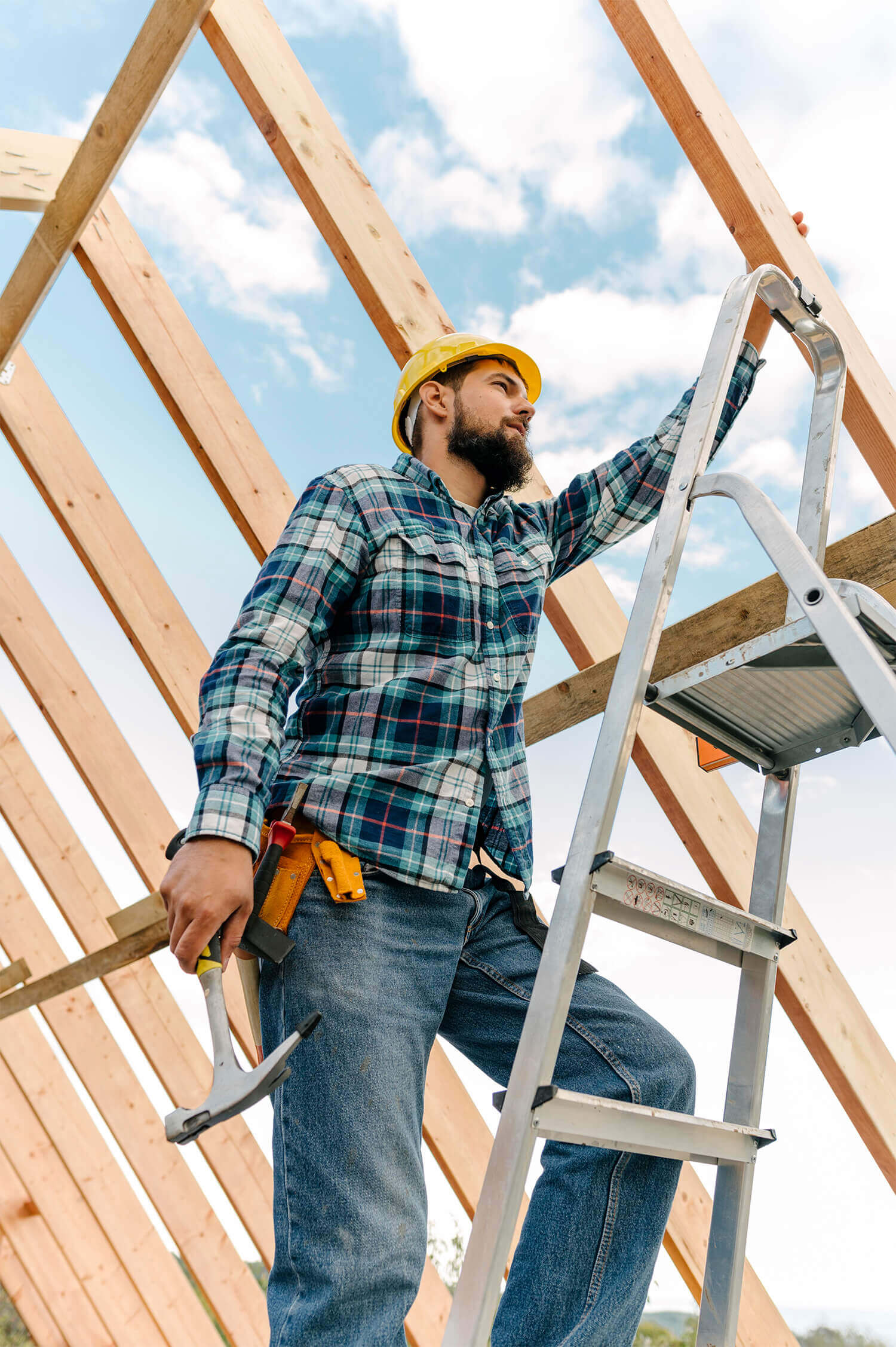
Place the ladder on a firm, level surface, and check to make sure the ladder is stable. Use wide boards under the ladder to give the ground a soft stability.
Never set a ladder on top of a drum, stack of pallets, or other object to gain more height. Use a taller ladder instead. Do not set up a ladder on an unstable base, otherwise accidents may occur.
Never set up a ladder in front of a door unless the door is locked or blocked—or anyone is standing on the other side to keep people from opening the door.
Never lean a ladder against a surface that isn’t strong enough to support your weight, such as a window or an object that might move under your weight.
Never fasten two ladders together for additional height. Instead, use a taller ladder or an extension ladder designed for two-ladder coupling.
Make sure the spreaders on stepladders are fully extended and locked in place and that locking devices on extension ladders are secured.
Remember the 4-to-1 rule: Place the base of the ladder 1 foot from the wall for every 4 feet between the base and the support point. For example, if it is 8 feet from the base of a ladder to its support point, the base of the ladder should be 2 feet away from the building.
Extend extension ladders at least 3 feet above a support point such as the edge of a roof.
Make sure that the upper section of an extension ladder overlaps and rests on the bottom section. The overlap should always be on the climbing side of the ladder. For ladders of 36 feet or more, the overlap should be least 3 feet.
Secure ladders at the top and bottom.
It’s easy to see how a simple careless step can turn into a serious incident in a matter of seconds. That’s why it’s always important to aware and work safely when using a ladder.
By following these steps, you can ensure not only your safety while using the ladder, but your work can be carried out effectively too.
